What’s Your Neutral?
By Lisa June 11th, 2018
Choosing a color palette for a room can be daunting – all those beautiful choices! It can be tough to know how to start so I thought I’d tell you how we do it.
First, identify your neutral. A neutral, according to Webster, is “not decided or pronounced as to characteristics” which means it has characteristics, but they may be hard to read. And this is what make choosing one so tough. Colors have undertones and understanding which undertones appeal to you makes choosing colors much easier. Most people gravitate toward either beige (warm) or gray (cool) and their preference tends to be consistent over time. This means listen to your heart, not the latest trend. And note: finding your neutral doesn’t mean that you intend to use a lot of gray or beige colors but knowing which way you lean will help choose colors and finishes that will work well together.
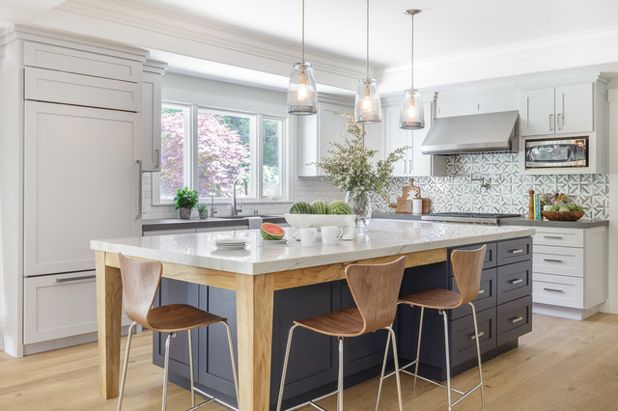
A cool kitchen
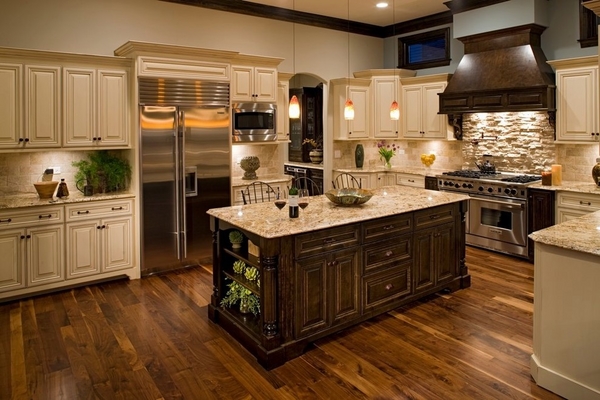
A warm kitchen
You know your neutral, now what! Beige enthusiasts will usually like browns, taupes and warm colors like red, rust, gold, rich navy blue, earthy green or aubergine (that warm, rich purple that makes me want sweater weather to come back.) Finishes like oil-rubbed bronze, copper or the currently popular French gold will work beautifully in these spaces; as will creamy marbles and limestones (or their quartz look alikes) with brown or gold veining. (There are warm grays as well so if the plethora of gray fabrics and accessories out there are calling you, you can follow. Just make sure the undertones are the same.) Beige works best when used with high contrast components – pieces that are much darker and much lighter. Picture a creamy marble tile with a dark wood cabinet. Or a dark gray wall color with natural cherry cabinets. Beige can work well with softer colors like salmon or mint. If you are using dark browns it is easier to bring in brighter, more lively colors like orange, bright green, or turquoise.
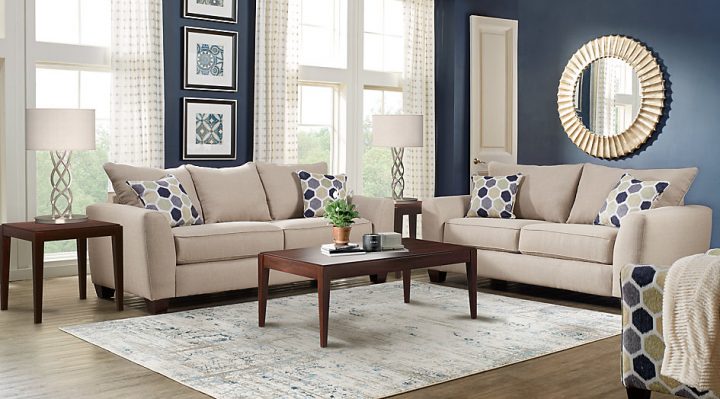
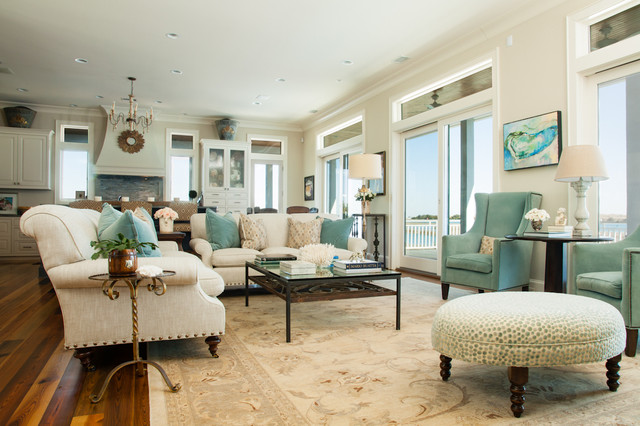

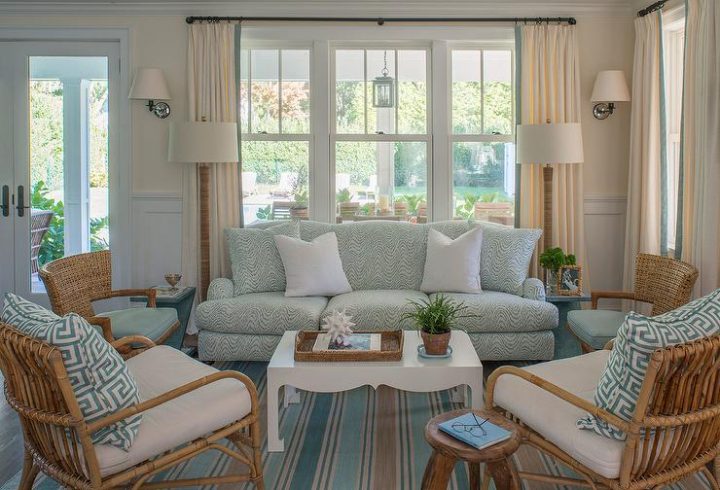
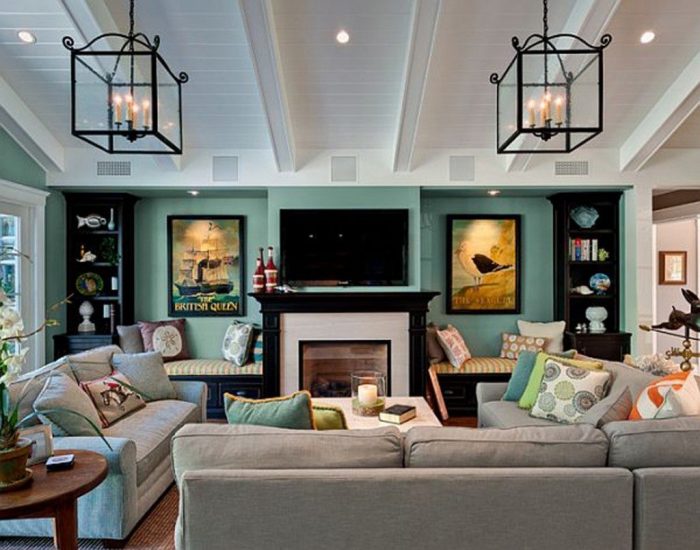
Gray really plays well with colors, which goes a long way to explaining its popularity. Its nice to be able to switch out accessories to change the look of a room for a new season or a personality face lift.
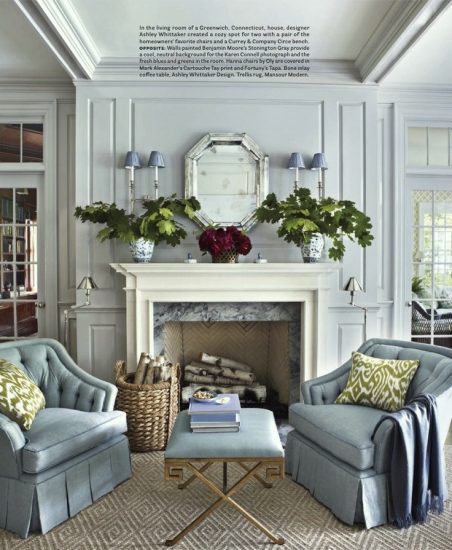

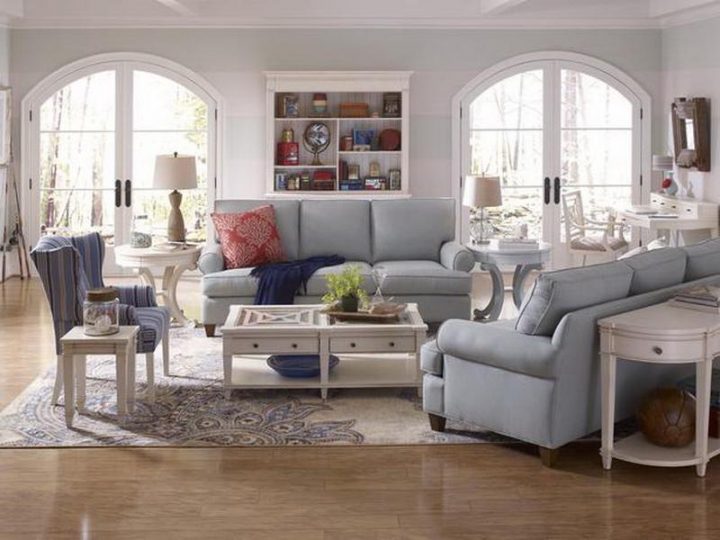
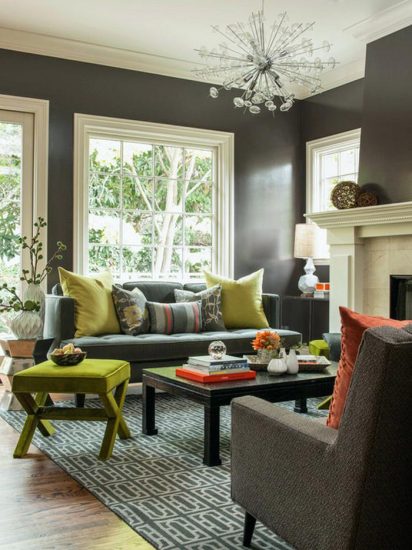
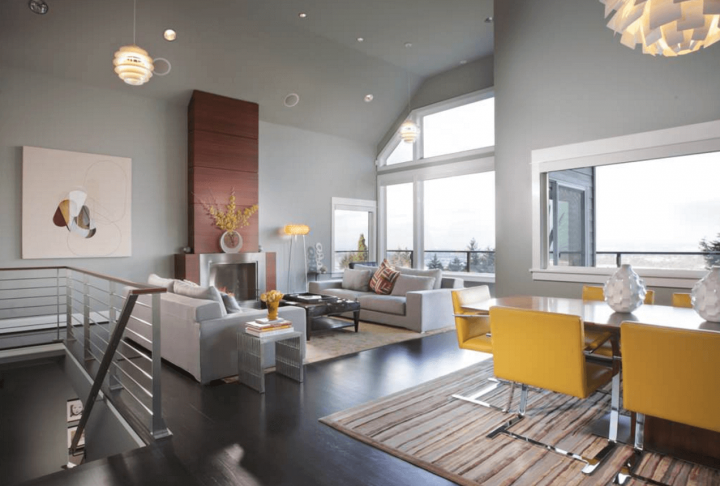
One last tip: its easier to understand that the undertones of the colors in your space should be the same than it is to know what that undertone is! The best way to find the undertone is to find a paint strip with your color on it and look at the darkest shade on the strip. The color will be most obvious here.
